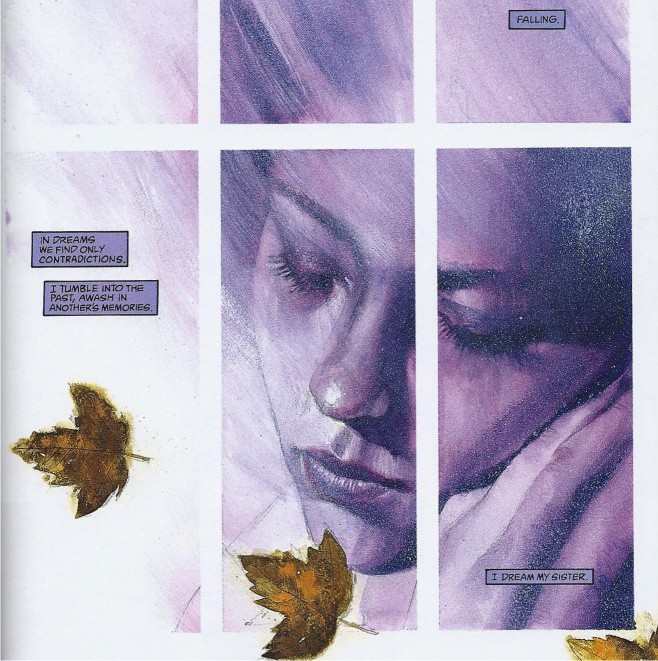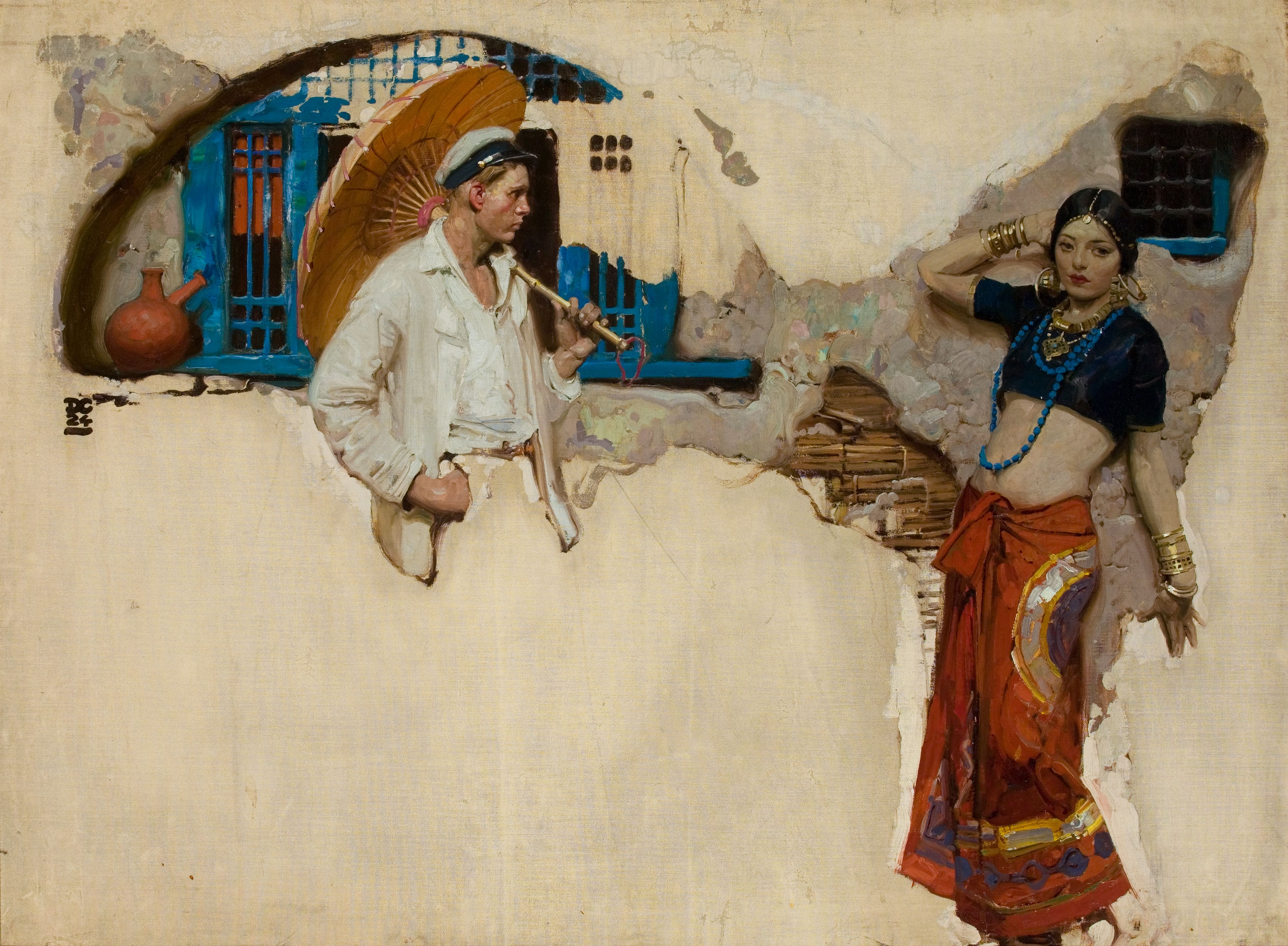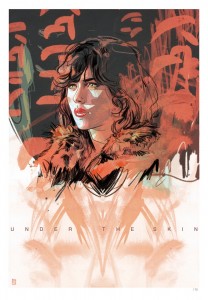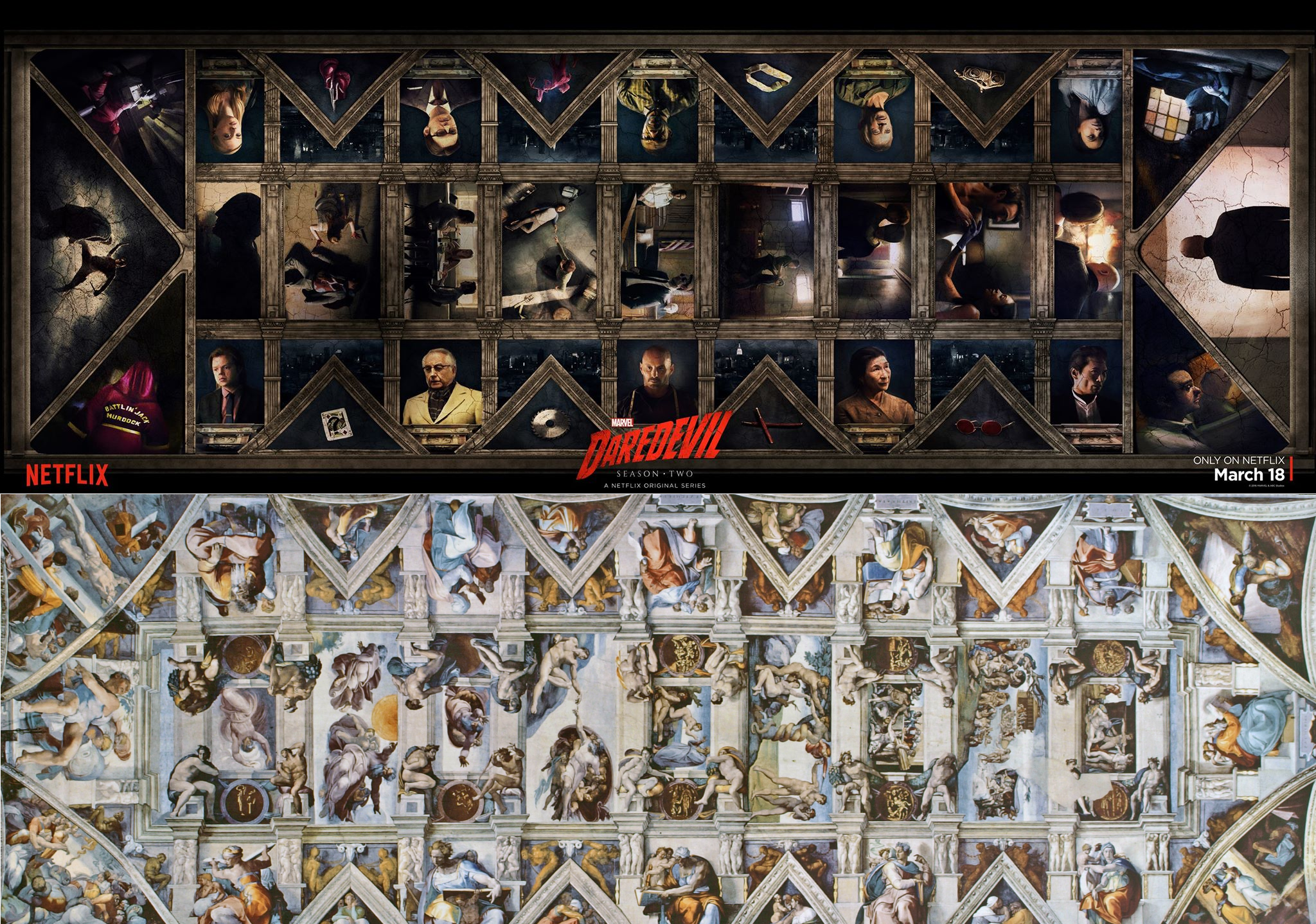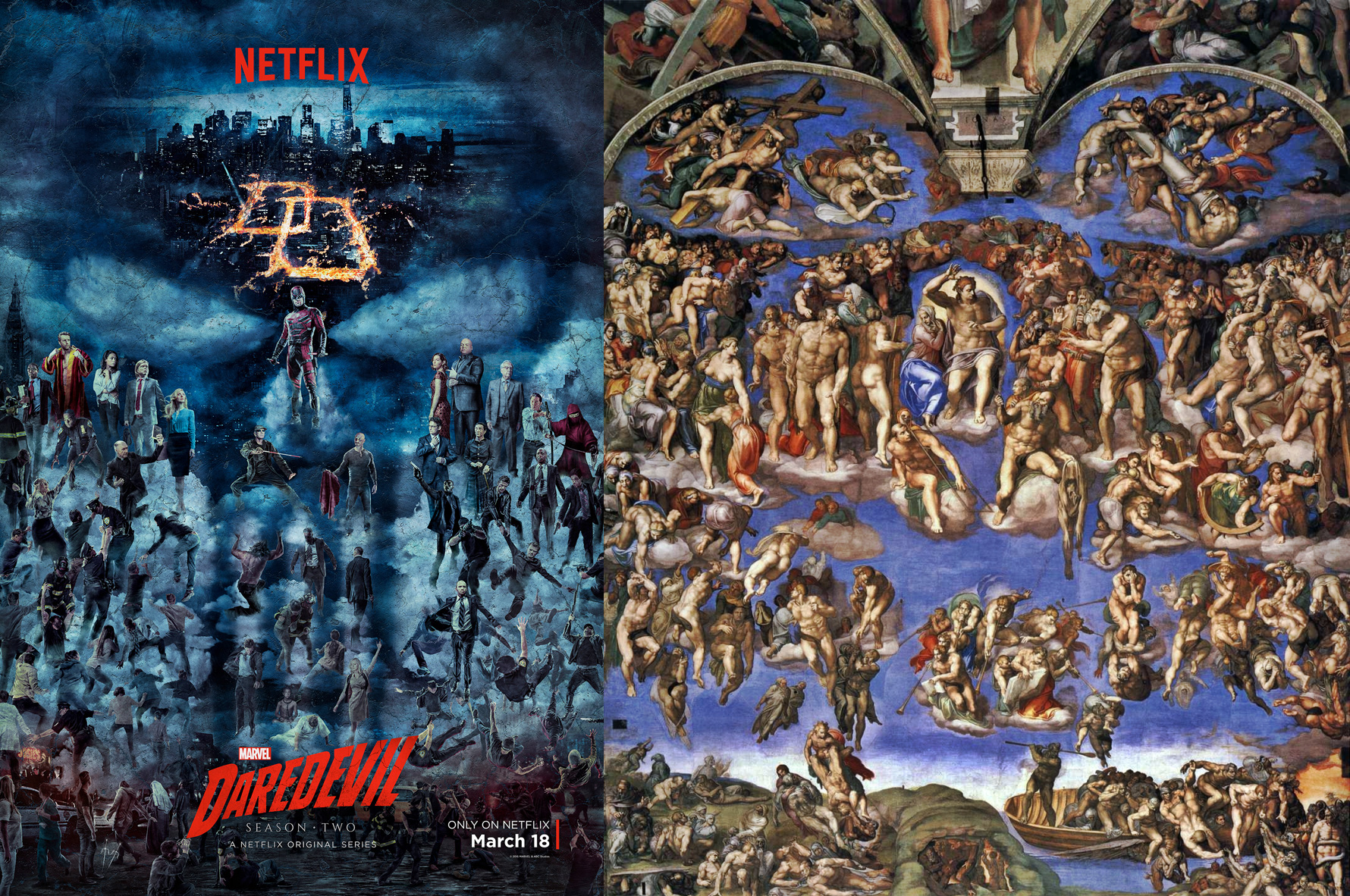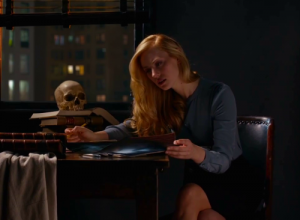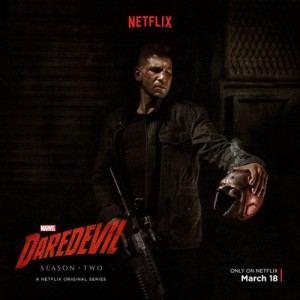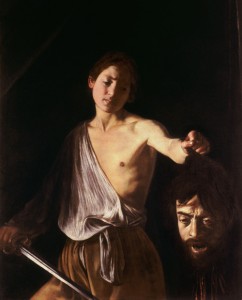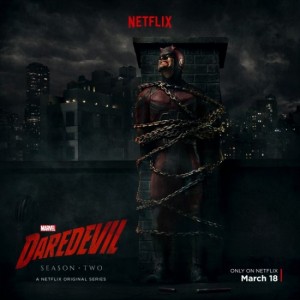While The Last Bookstore is my favorite Los Angeles bookstore, Stuart Ng Books has the better signal-to-noise ratio when it comes to shelf-space. This small bookshop in Torrance specializes in subjects of particular import to me, namely illustration, comics, and animation, and particularly known for having the biggest collection of European graphic novels and sketchbooks in the US.
I spent a glorious few hours there last Saturday, poking through well-arranged shelves of bandes dessinées, pinup art collections, artist’s monographs, and various out-of-print paraphernalia that had me hyperventilating. One corner had a section of signed Hellboy graphic novels from Mike Mignola‘s personal collection – Mignola lives a few miles from the store, after all. It is not everyday that one sees a book signed by Jackie Chan a few paces away from a signed and numbered collection of Moebius graphic novels. Above the shelf are two framed illustrations by Fortunino Matania, and a giant pen-and-ink work by James Montgomery Flagg, and other illustrations that my brain refuses to process because sensory overload. Out in front you see multiple editions of posters from this year’s Angouleme, drawn by Katsuhiro Otomo; previous years’ posters are around too, what catches my eye is Bill Watterson’s version from last year. Stuart Ng is also known for having a great relationship with animation studios, so you have books like The Art of Inside Out, signed by part of the creative team on the movie, and also Sanjay Patel‘s beautiful books on the Ramayana and his very own animated short Sanjay’s Super Team. Signed, of course.
What I ended up buying that day was an art book by Dean Cornwell, an illustrator from the time when photography had not taken over the fields of advertising and magazine and book illustration yet. Cornwell’s art makes me gasp every single time I see them online, and when I heard of this new edition that collects the best of his work, I had to pick it up. It also helped that I saw a preview of the complete book online, made available by the publisher Illustrated Press, though in low resolution. Their books have extremely limited runs, and I have had my eyes on the volumes of Golden Age Illustration that they keep bringing out. Unfortunately volume 1 has gone out of print, but hey, you never know.
But it was while wading through the print bins at Stuart Ng that Baader-Meinhof played its role again in my life. There it was, a beautiful limited-edition poster from Under The Skin, drawn by (as I found out later) Yorkshire-based artist Tula Lotay, known to me for her work on comics like Supreme: Blue Rose and Swords of Sorrow. I picked it up, marveled at it and put it back, because I am completely out of wall space.
Another connection that amuses me: William got me the DVD of Under The Skin from the Los Angeles Public Library, and I have not been a library person in quite some time now. I keep intending to go visit the Central Branch downtown, and now I have an added impetus to do so. You see, I found out that Dean Cornwell painted a mural in one of the rooms there, and it’s considered one of the finest works of his career.
